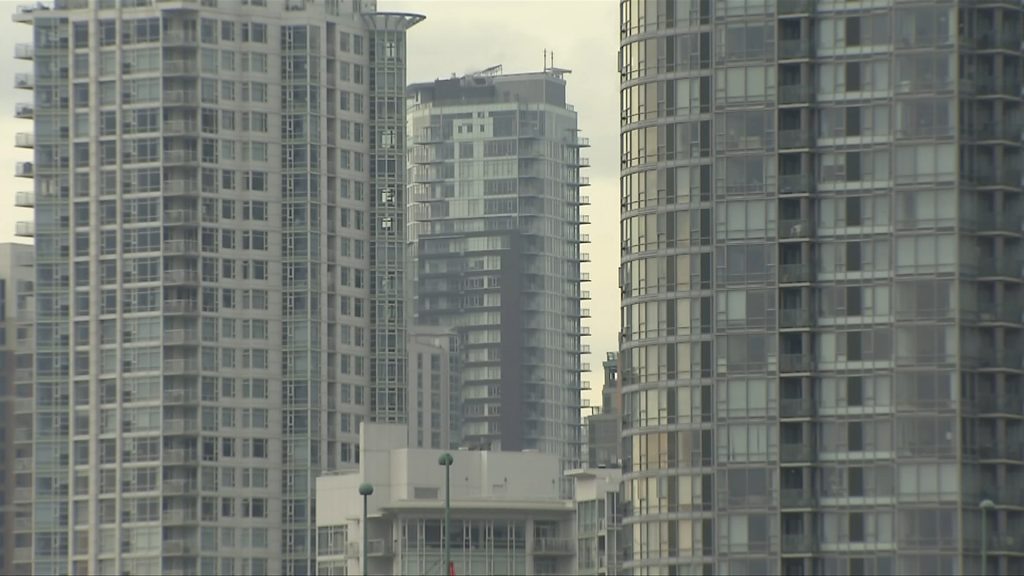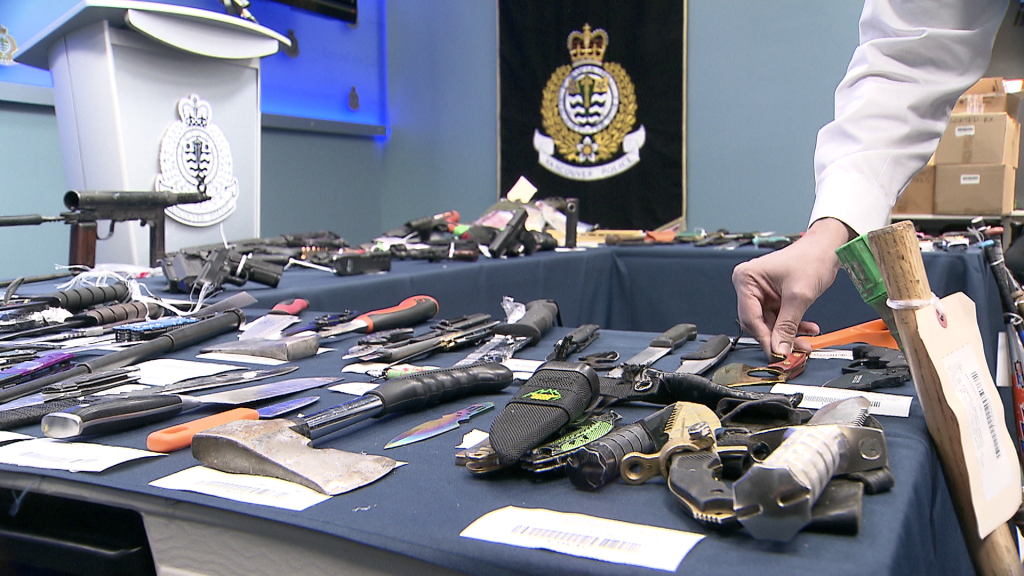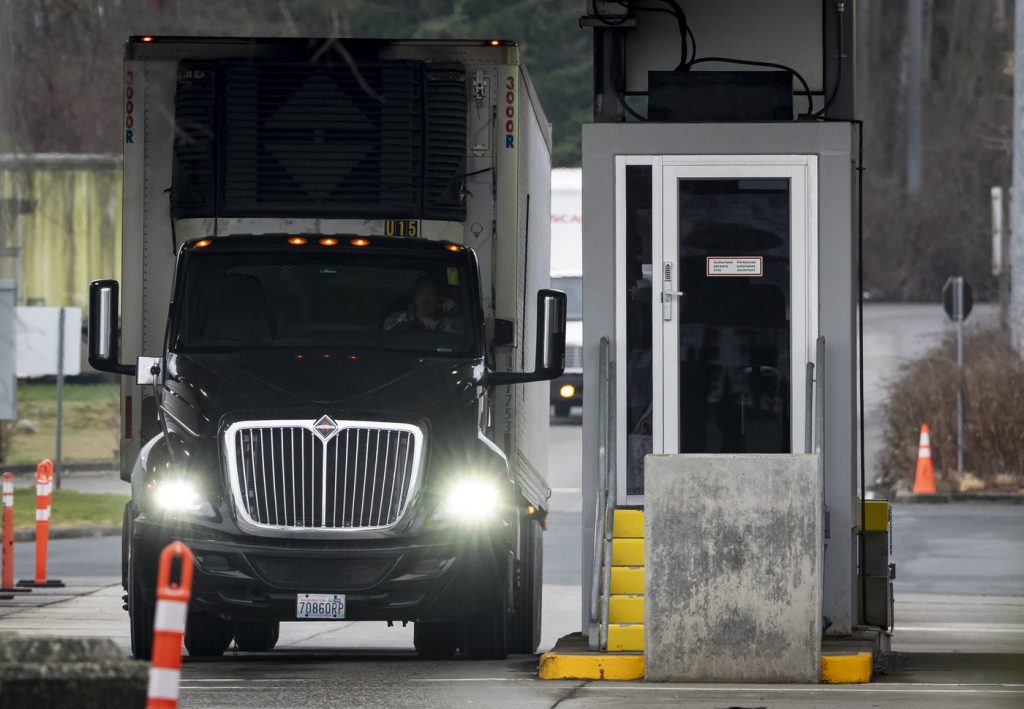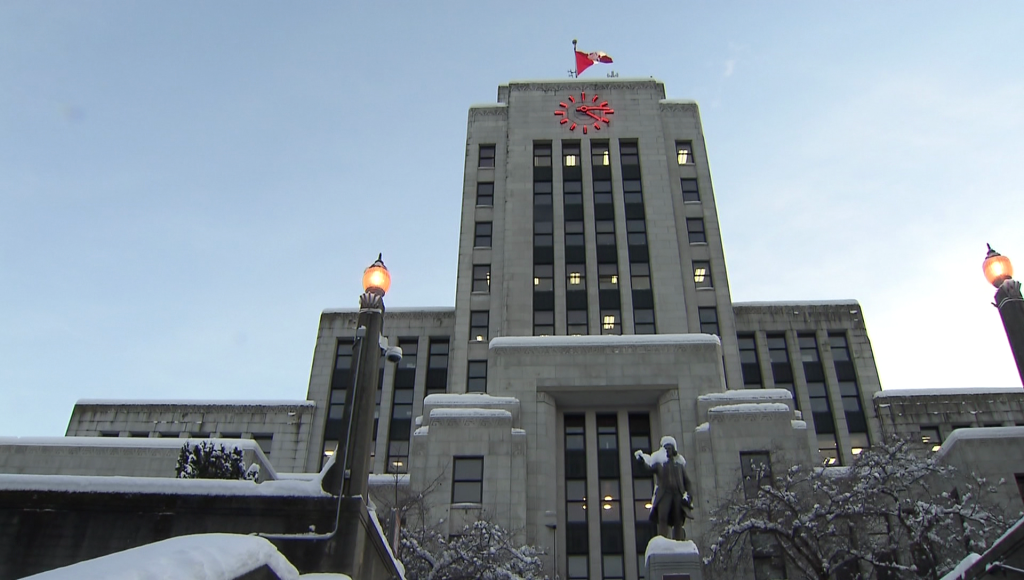B.C. housing density legislation focuses on new builds near transit hubs

Posted November 8, 2023 3:52 pm.
Last Updated November 8, 2023 3:53 pm.
New legislation tabled by the BC NDP is focusing on densifying housing near transit hubs across the province.
The move is aimed at “speeding up” the creation of homes and encouraging communities to build housing closer to transit, services, and amenities. The legislation, if passed, would require municipal governments to identify “Transit Oriented Development Areas (TOD Areas)” within 800 metres of rapid transit stations, like SkyTrain, and within 400 metres of bus exchanges, like the Newton Bus Exchange.
Housing Minister Ravi Kahlon says focusing on density around transit hubs “helps make the most of” infrastructure and services.
“Layers of regulations and outdated rules are stopping this kind of development from becoming a reality in too many municipalities. That’s why we are taking action to remove barriers and deliver more transit-oriented communities, faster,” he said Wednesday.
While some higher-density neighbourhoods have already been built in parts of B.C., the province says other communities are being restricted by bylaws, such as those around zoning and parking.
As transit infrastructure grows, the B.C. government says so too does the need for housing around these hubs.
The province says designated TOD Areas will require municipalities to green light housing developments that meet allowable height and density standards, which it explains is based on tiers.
These tiers will be based on the type of transit hub the development is being built around, as well as the municipality’s size, population, and location. For example, a condo tower within 800 metres of a SkyTrain would have a minimum allowable height of 20 storeys, and a high rise near a bus exchange in Metro Vancouver would have a minimum allowable height of up to 12 storeys.
Municipalities will also be required to “remove restrictive parking minimums” in TOD Areas, and “allow for parking to be determined by need and demand.” Commercial parking requirements would not be affected, the province adds.
While nothing is certain, the B.C. government says TOD Areas could see about 100,000 new units over the next 10 years.
The proposed legislation comes after the province committed nearly $400 million in Budget 2023 to creating more housing units near transit over the next decade to 15 years.
The province says it expects there to be about 100 TOD Areas designated across 30 municipalities in B.C. within the first year of legislation being passed.
Calls for transit funding
Meanwhile, the TransLink Mayors’ Council says it welcomes the province’s goal of creating additional housing. However, it notes transit infrastructure is also in need of a cash injection.
“The fact is, you can’t have transit-oriented development without transit, and TransLink’s current system is unable to keep up with growing public demand for services across this region,” said Mayor Brad West, the chair of the Mayors’ Council.
“With transit in Metro Vancouver currently frozen at 2019 levels, we need to see both the provincial and federal governments commit funding to dramatically expand public transit service. This legislation represents one of the most significant changes to land use and zoning policy that we’ve ever seen in this province, but it won’t succeed unless our three levels of government work together to deliver better transit in this region.”








